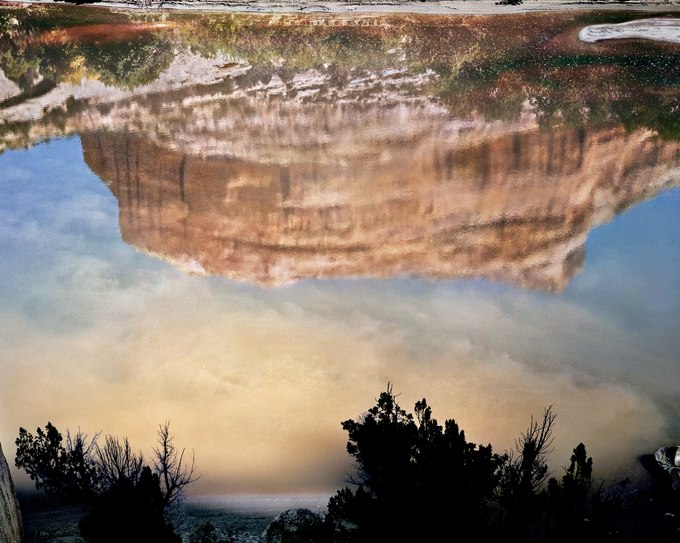Mirrored in the Yampa River, a 1,500-foot butte overlooks the convergence of two major tributaries of the Colorado River, marking the northern boundary of the red rock canyonlands. It is here, in Colorado’s northwest corner, that the green-blue waters of the Green River, cleared of its sediment by an upstream dam in Flaming Gorge, merge with the coffee-colored waterway of the free-flowing Yampa, the last of such rivers in the West. At this point, the converging rivers blend before being carried downstream by the current.
On June 17, 1869, after navigating a treacherous series of upstream rapids on the Green River, explorer John Wesley Powell camped with his crew at Echo Park, an open stretch of cottonwood trees and a large field of grasses adjacent to the confluence, marking a stop before their heroic passage through the Grand Canyon. In the shade of the same grove (if not all the same trees), my wife and our young children camped 123 years later. A few years later, the embankment gave way as the river changed course, eliminating the campsite and the grove.
In the late 19th century, Butch Cassidy and his infamous Wild Bunch passed through Echo Park as one of the stops along a series of escape routes and hideouts known as the Outlaw Trail. In the 1950s, Echo Park became the focus of a proposed dam just downstream from this confluence, which would have flooded portions of both river canyons and Echo Park. The resulting political battle led Congress to explicitly prohibit the construction of dams in national parks and monuments.

